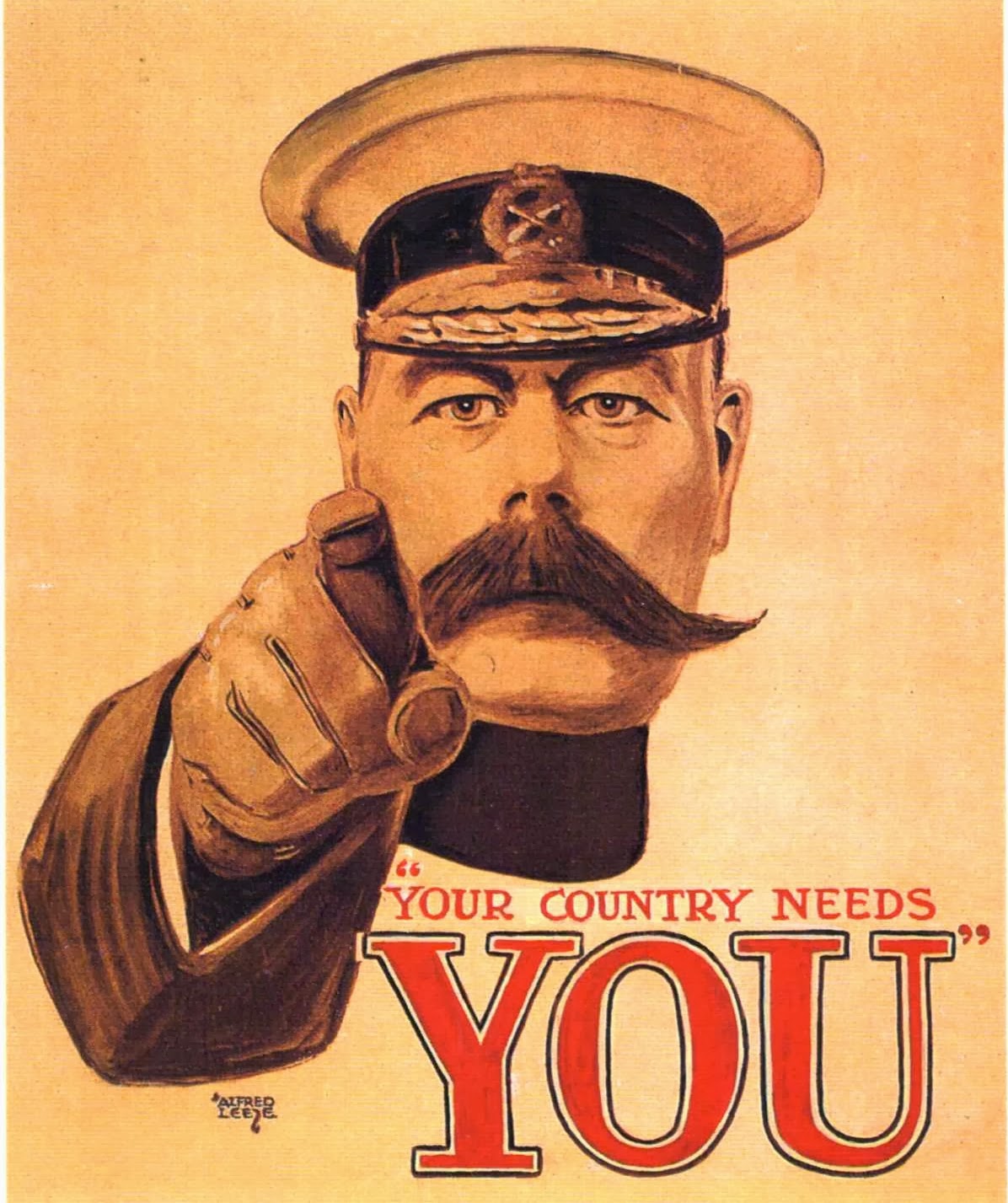Doughty Brit braves headwind as we arrive in Valparaiso. I prefer snapping comfortably from behind the observation lounge windows.
After my close encounter with an errant ship's line (see previous posting), I decide on a restorative trip to the Valle Casablanca wine country. El Cuadro's 'Carmenere Curico Valley' is described (by those far better informed than I) as 'spicy' and 'fruity', 'smooth' and 'easy to drink'. It certainly is.
A museum evokes the beginnings of a now major Chilean industry. I like the busty young woman and humorous touch of mice and sleeping cat.
Nearby, something of the past.
_________________________
'English tailors, shoemakers, saddlers, and inn-keepers, hang out their signs in every street; and the preponderance of the English language over every other spoken in the chief streets, would make one fancy Valparaiso a coast town in Britain.' (Journal of a Residence in Chile During the Year 1822. And a Voyage from Chile to Brazil in 1823. Maria Graham)
By the early 20th Century, some ten thousand Britons lived in Valparaiso. In trade, banking, engineering, mining, railways and shipping, the British had a dominant foreign role in developing modern Chile.
When the Panama Canal opened in 1914, Valparaiso's importance as the first major Pacific port-of-call after Cape Horn ended. The British community dwindled, but some solid ghosts remain.
A statue commemorates Lord Thomas Cochrane, a remarkable British seaman, instrumental in Chile's independence from Spain. Unfortunately, the monument is now popular with graffiti artists and Valparaiso's stray dogs.
A 1910 arch, presented by the British colony to Valparaiso, imperially announces (something to the effect of), 'Hey, you couldn't have done it without us!'
Of greater long-term usefulness (than an arch) was British backing of one of the first fire stations. The contribution is still honoured.
I can't recall any significant Canadian role in Chile, but for sometimes controversial mining and taking in Chilean political refugees during the Pinochet years. However, quite by accident, I spot the Restaurant Toronto in downtown Valparaiso. In addition to comida tipica China e internacional (typical Chinese and international food), it offers exquisitos postres. I include this, not for the 'wonderful desserts', but that Toronto should be considered exotic enough to be the name of an eatery popular with students.
More imposing is Valparaiso's Italian School, completed in 1940 when il Duce was in power. Do I detect quasi-fascist eagles?
Valparaiso's ancient trolley buses advertise the latest exhibition on the city's famous son, Pablo Neruda. He, of course, was a staunch anti-fascist. (Later: sadly, because of the problems with Minerva's breaking lines, I'm unable to visit Neruda's home)
Valparaiso street life ...
At a busy intersection, I witness the latest busking trend. Traffic stops on red, musician announces act, juggler performs and duo collects contributions before light turns green.
Parting shots - hillside houses (Che wrote of the city's 'madhouse museum beauty' and 'diversely coloured houses') ...
... and one of the city's many wooden ascensores or funiculars. Some are a hundred years old and built with - what else? - British machinery.
.jpg)
.jpg)
.jpg)
.jpg)
.jpg)
.jpg)
.jpg)
.jpg)
.jpg)
.jpg)

.jpg)
.jpg)
.jpg)
.jpg)
.jpg)
.jpg)
.jpg)
.jpg)
.jpg)
.jpg)
.jpg)
.jpg)
.jpg)
.jpg)
.jpg)
.jpg)
+copy.jpg)
+copy.jpg)
+copy.jpg)
.jpg)
.jpg)
.jpg)
.jpg)
.jpg)
.jpg)
.jpg)
.jpg)
.jpg)
.jpg)
.jpg)
.jpg)
.jpg)
.jpg)
.jpg)
.jpg)
.jpg)
.jpg)
.jpg)
.jpg)
.jpg)
.jpg)
.jpg)
.jpg)
.jpg)
.jpg)
.jpg)
.jpg)
.jpg)
.jpg)
